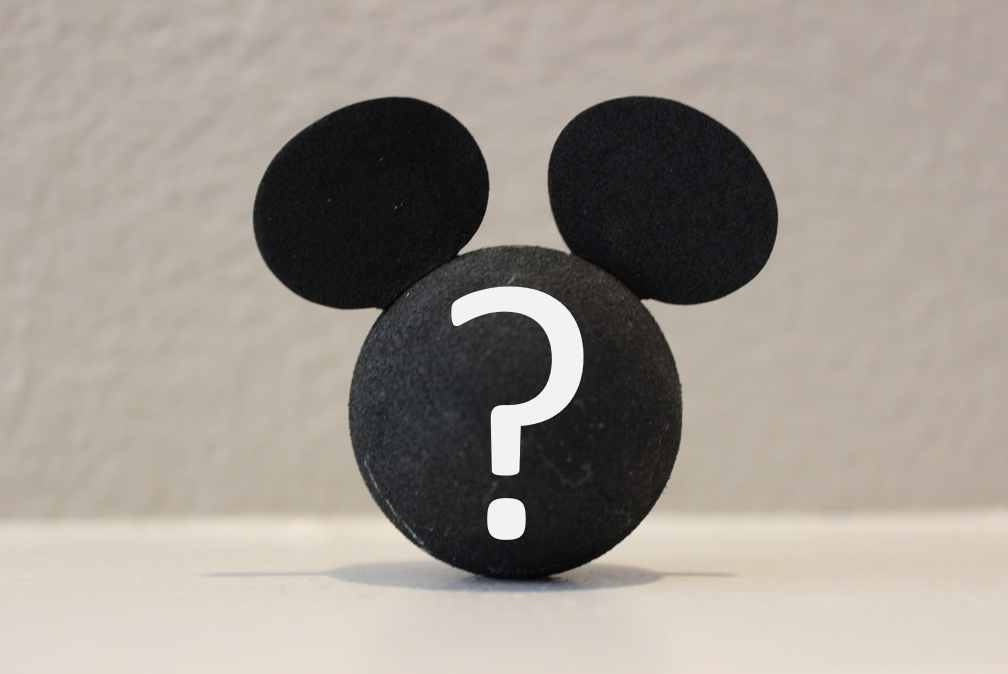
Many of us have experienced what it’s like to work for a station that was once thought of as a “baby brand” that grew up. If you worked in rock radio back in the late 60’s or 70’s, you just might have been lucky enough to have an association with a legendary station that has celebrated its golden anniversary – turning 50 years-old. It’s not an easy feat.
Often the advice these stations get is to stay the course or do no harm. But like the “prevent defense” in football, it is self-defeating, allowing the opposition to put up points without running much time off the game clock.
Risk is an inevitable part of growing brands that turn out to be built to last. As a consultant, I’ve been honored to have worked many, many years with WRIF here in Detroit, after I was an employee of the station during the period that locals refer to now as “back in the day.” But my list of client radio stations that have survived and thrived long enough to be eligible to join AARP is mind-boggling.
I’ve been blessed with long-term relationships with WMMR, KLOS, KSHE, and KISW over the decades. Helping great programmers and managers navigate the 90’s and 00’s when the industry was consolidating and contorting may not have been glamorous, but it was essential to gut through those tough years on the way to achieving iconic status.
industry was consolidating and contorting may not have been glamorous, but it was essential to gut through those tough years on the way to achieving iconic status.
When you’re an entertainment brand, there’s always the challenge of keeping up with pop culture and the “flavor of the month.” Knowing how to bob and weave through changes in music, film, television, and of course, the Internet, is part of the art of keeping up, occasionally leading, and often following. Learning when to jump in, hold your fire, or sit on the sidelines all comes from understanding your brand – and your audience.
Do they trust you? Will they take a risk with you? How loyal are they really? Will they stick with you if you take a big chance or make a mistake? Sometimes, you don’t know until you know.
But I’m thinking that one of the differences between how consumers are thinking in 2022, and their mindsets pre-COVID is that they’re ready for change – even from brands that have reliably walked the straight and narrow path for years. If you’ve gotten through the pandemic and the political headwinds reasonably intact, you’ve learned how to hit a curve ball. In fact, you’re probably no longer surprised when a media brand acts a bit out of character.
That’s why the Disney Company has become so darn interesting to watch over the past few months. For decades, its content was predictable, its theme parks dependable, and its characters traditional. Relative newcomers like the “Toy Story” troupe have made their presence known. Disney hasn’t won them all, including Shrek, the ogre who got away. But the acquisition of Marvel, “Star Wars,” “Pirates of the Caribbean,” and other franchises have opened myriad content doors…and revenue streams.
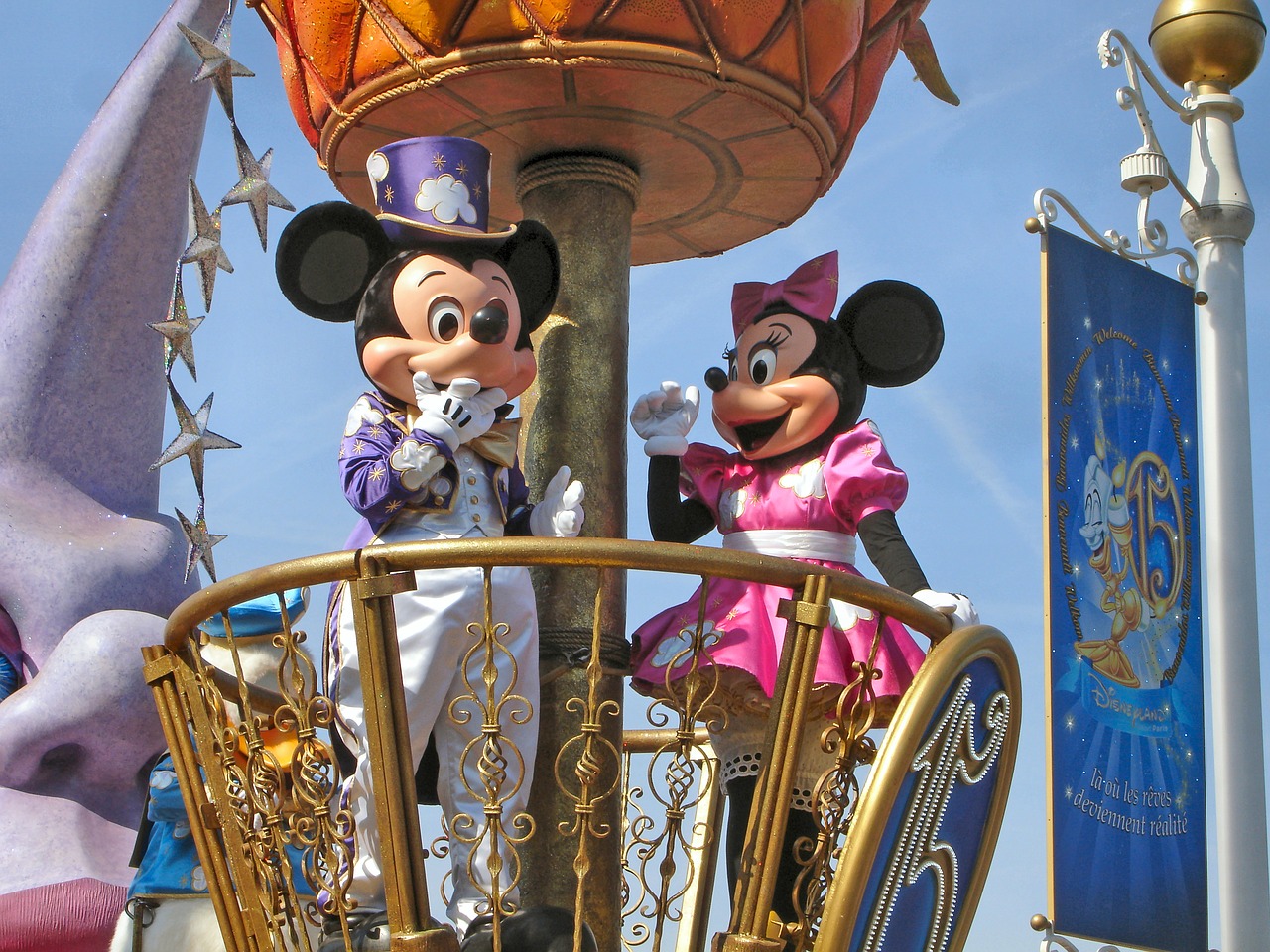 Still, Disney at its essence is pure Mickey, Minnie, Donald, and Goofy – its core characters. Like a great morning ensemble show, they endure, continuing to anchor the company’s theme parks. I have a young niece and nephew who just made the trek with their parents to Anaheim to revel in the realm of spinning teacups, Matterhorns, and “It’s A Small World (After All),” (I apologize if that theme song is now a hopeless earworm.)
Still, Disney at its essence is pure Mickey, Minnie, Donald, and Goofy – its core characters. Like a great morning ensemble show, they endure, continuing to anchor the company’s theme parks. I have a young niece and nephew who just made the trek with their parents to Anaheim to revel in the realm of spinning teacups, Matterhorns, and “It’s A Small World (After All),” (I apologize if that theme song is now a hopeless earworm.)
The kids came home proudly sporting their classic mouse ears, looking just like a couple of pre-schoolers in the 1950’s when Disneyland opened its doors to what has become known to all the world as “The Magic Kingdom” a.k.a. “The Happiest Place on Earth.” It never goes out of style.
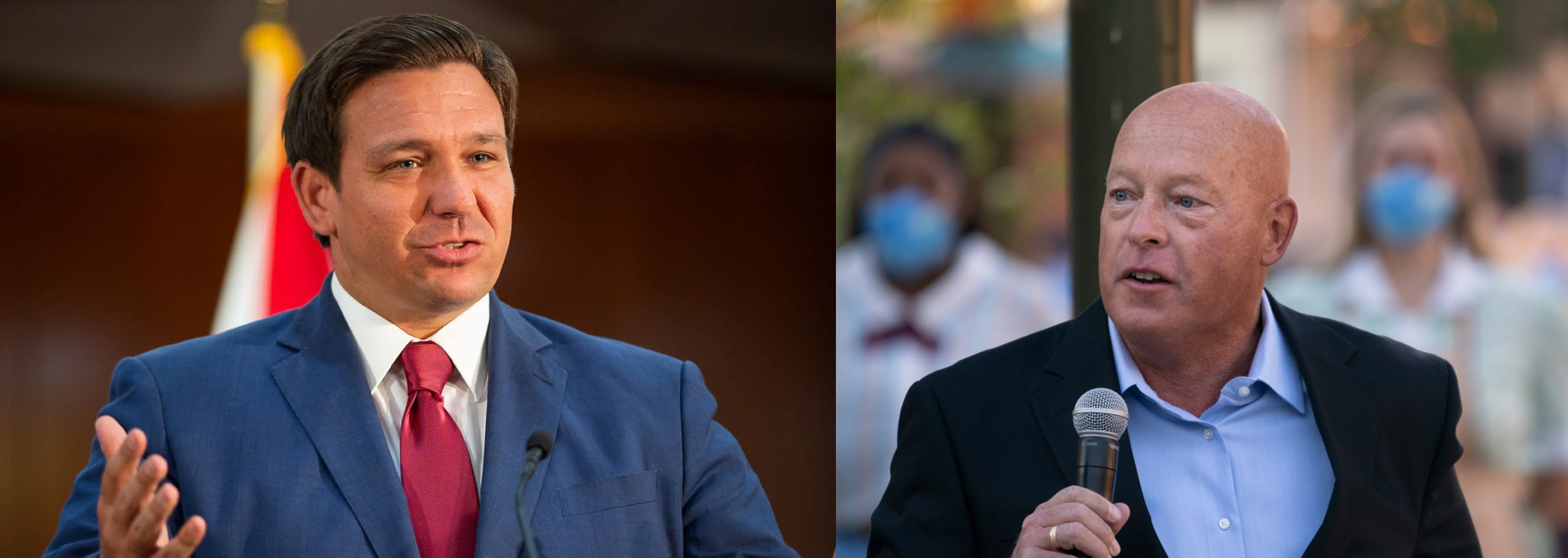
But that wasn’t the case in Orlando at the home of Disneyworld just a few short months ago. You may recall the story when Disney’s new CEO, Bob Chapek unwittingly played a game of high stakes chicken with political comer, Florida Governor Ron DeSantis.
Many feel Chapek misplayed his hand – several times. At first, he didn’t react to a Florida bill signed into law called the “Parental Rights in Education” measure. But in LGBTQ circles and among Democrats, it became known as the “Don’t Say Gay” bill.
And by his inaction, Chapek found himself in the middle of a mess. By the time he answered his critics – many of whom were his own employees – it came late.
But it got DeSantis’ attention. And the governor made good on his threat to punch Florida’s largest private employer in its Mickey schnozz by revoking the company’s special tax status.
I don’t have to tell you how divided our country is. Disney has always lived in the center lane, a magical, animated neutral “Switzerland,” welcome to any and all, whether you’re sporting red or blue flags. I’ve always thought of its theme parks as apolitical – a respite from the incessant high-volume vitriol.
And yet Disney survived. In its recent investor call, Chapek had this to say:
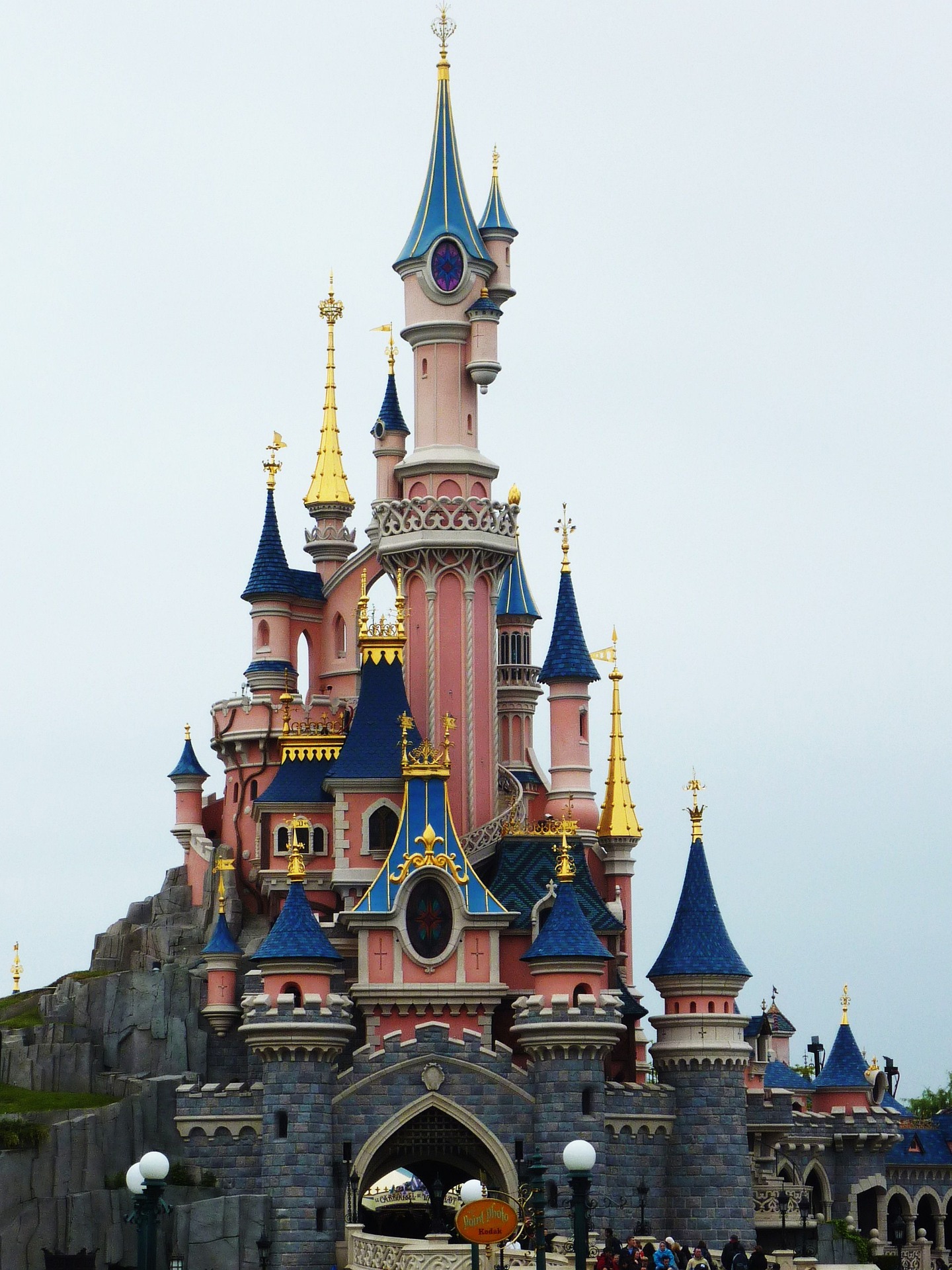 “We continue to see strong revenue and profit growth at our Domestic Parks and Experience businesses. Even as our cruise ships and international visitation have yet to fully recover domestic demand at our theme parks continues to be strong and we are seeing continued progress in those businesses still recovering from the pandemic.”
“We continue to see strong revenue and profit growth at our Domestic Parks and Experience businesses. Even as our cruise ships and international visitation have yet to fully recover domestic demand at our theme parks continues to be strong and we are seeing continued progress in those businesses still recovering from the pandemic.”
And the next curve ball served up by the company was its announcement that Disney+, its successful streaming video platform (more on that in a few paragraphs) made the decision to carry R-rated content.
A Yahoo! Entertainment story detailed why films like “Deadpool” and “Logan” – both firmly in the “restricted” zone – are now part of the platform’s lineup as well as the blowback it received.
Disney took much heat from groups like Parents Television and Media Council, Its president, Tim Winter, referred to Disney’s content curve ball this way:
“After decades of corporate brilliance establishing itself as the world’s most trusted brand for families, today’s C-level suite at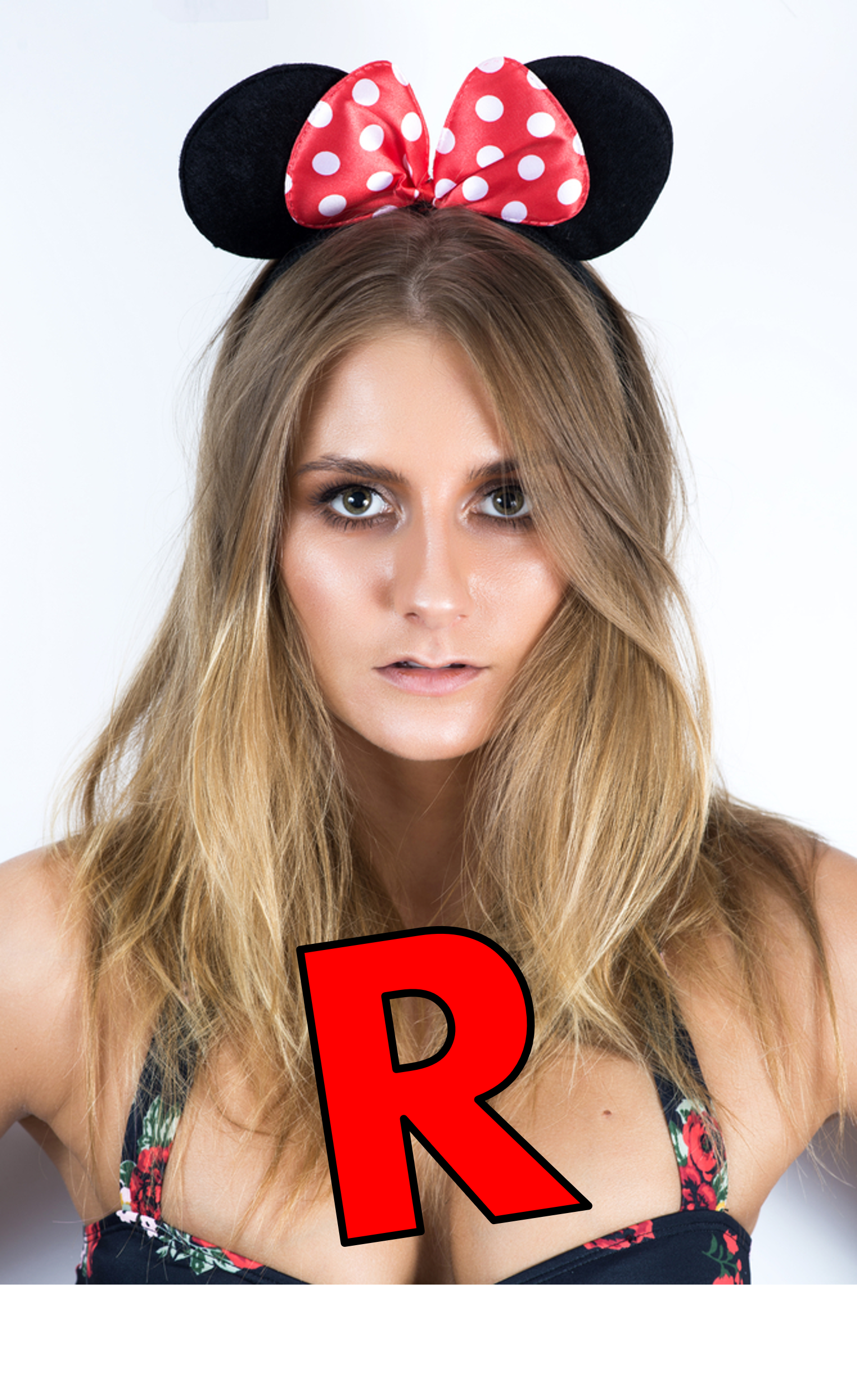 Disney has decided to flush it all down the toilet.”
Disney has decided to flush it all down the toilet.”
No minced words there.
The Disney brass knows too well its “+” entry cannot effectively compete with the “unrestricted” players – Netflix, HBO Max, Peacock, Paramount+, and the rest with content that doesn’t have broad, multi-lifestyle appeal.
So, the risk was much like the DeSantis head-butting, assuming some expected churn among young families with kids, would be balanced out by attracting a broader range of adult viewers.
Since the policy shift, Disney+ reminds its audience to adjust the “parental controls,” while providing clear content warnings. Risky? Of course, especially for an entertainment brand that’s led a charmed existence in no small part due to incredible content and brilliant strategic planning. Disney has been the kid-friendly brand well more than a half century, all the more reason why the risks are notable.
Disney+ provides great marketing lessons. It was a latecomer to the video streaming sweepstakes. So much for the Ries & Trout axiom that being first-in almost always pays off.
Disney+ celebrated its debut less than three years ago on November 12, 2019, loaded with a great array of popular movies and shows, the perfect lead-in to the holiday season that year.
But Disney executives couldn’t have known their premium streaming channel would provide fabulous entertainment and nostalgic comfort to millions and millions of freaked-out consumers during COVID, the tragedy that struck America just four months after the channel signed on.
So with all this tumult – much of it self-inflicted – how is Disney+ faring in the high stakes video streaming wars? In that same Wall Street call, Disney leadership – featuring CEO Chapek, of course – revealed the platform has passed the perennial category leader, Netflix, for the first time.
 All told, Disney’s DTC (direct-to-consumer) subscriptions broke the 221 million mark in their third quarter that ended in June. In the same period, Netflix was close behind with just north of 220 million paying customers.
All told, Disney’s DTC (direct-to-consumer) subscriptions broke the 221 million mark in their third quarter that ended in June. In the same period, Netflix was close behind with just north of 220 million paying customers.
(A difference is that Disney counts SVOD (streaming video on-demand) bundles, while Netflix doesn’t offer these packages.)
For Netflix, it was a chilling setback. And as I’ve discussed, the platform will soon be countering with an ad-supported alternative for less money each month.
Game on.
The lesson here is an obvious one. Even when you’re the leader with historically great content and much fan loyalty, you have to aggressively defend your turf while growing your audience. It means understanding your brand, and not being afraid to take that occasional risk.
These days, the challenges are many, and they can come from all quarters. A brand with strong leadership and legions of loyal fans can take a hit – or two – and still come out on top.
What’s next for Disney? 
You can bet it won’t be more of the same.
Say what? Mickey does the metaverse!?
(Don’t laugh.)
- Why “Dance With Those Who Brung You” Should Be Radio’s Operating Philosophy In 2025 - April 29, 2025
- The Exponential Value of Nurturing Radio Superfans - April 28, 2025
- What To Do If Your Radio Station Goes Through A Midlife Crisis - April 25, 2025




We’ll see how this works out for Disney. There’s a good argument to be made that Chapek generated the worst possible outcome in his fight with Desantis – he was too late to get much credit the people who thought he should have pushed back against the bill, yet managed to lose Disney’s special tax status granted to encourage them to build Disneyworld in Orlando.
Along with the sage advice of Reis and Trout, I’d like to reference world renowned marketing authority Darrel Royal (one of the most successful college football coaches of all time) who said, “…dance with who brung ya”. Time will tell if Disney is right or wrong, but they seem to be abandoning the strategy that propelled them to #1 in favor of the one embraced by all of the competitors that they just beat. It sounds like they might be mistaking opportunity for greed.
Some radio parallels:
1) In the early 80s, there was a heritage AC station in DC that (to my ears) didn’t sound all that great but had fabulous ratings. Another station flipped to AC that sounded much better and they beat the heritage AC station in all key demos. The victorious upstart then did one of the most perplexing things I’ve ever seen a radio station do – they fired the victorious PD and hired the one that he beat to replace him. You can guess what happened.
2) There was a highly rated classic rock station in the mid 90s we both know well that had just gotten the results of a perceptual study revealing that station to have really great images in virtually all the places a classic rock station needs and wants to have them. Their research company said there was an opportunity to get even bigger by adding some alternative music as no one in the market was playing any and they recommended that station do it. That station’s consultant (whose name escapes me at the moment), was adamant that the station dance with who brung em, warning that the better it worked the more likely some competitor would go all alternative, take all the newly gained listeners, while the former classic rock station would be forced to run back to classic rock, “with its tail between its legs and permanently lost credibility”. That classic rock station listened to the consultant . Soon after, someone flapped to alternative, yet the classic rock station maintained tis credibility and ratings in virtually all money demos.
Very thoughtful, interesting observations, Bob. I can’t help think of the line, “Wisdom is proved right by all her children.” Like so much in life, only time will tell if this was a wise call by Disney or not. All we can do is wait and see.